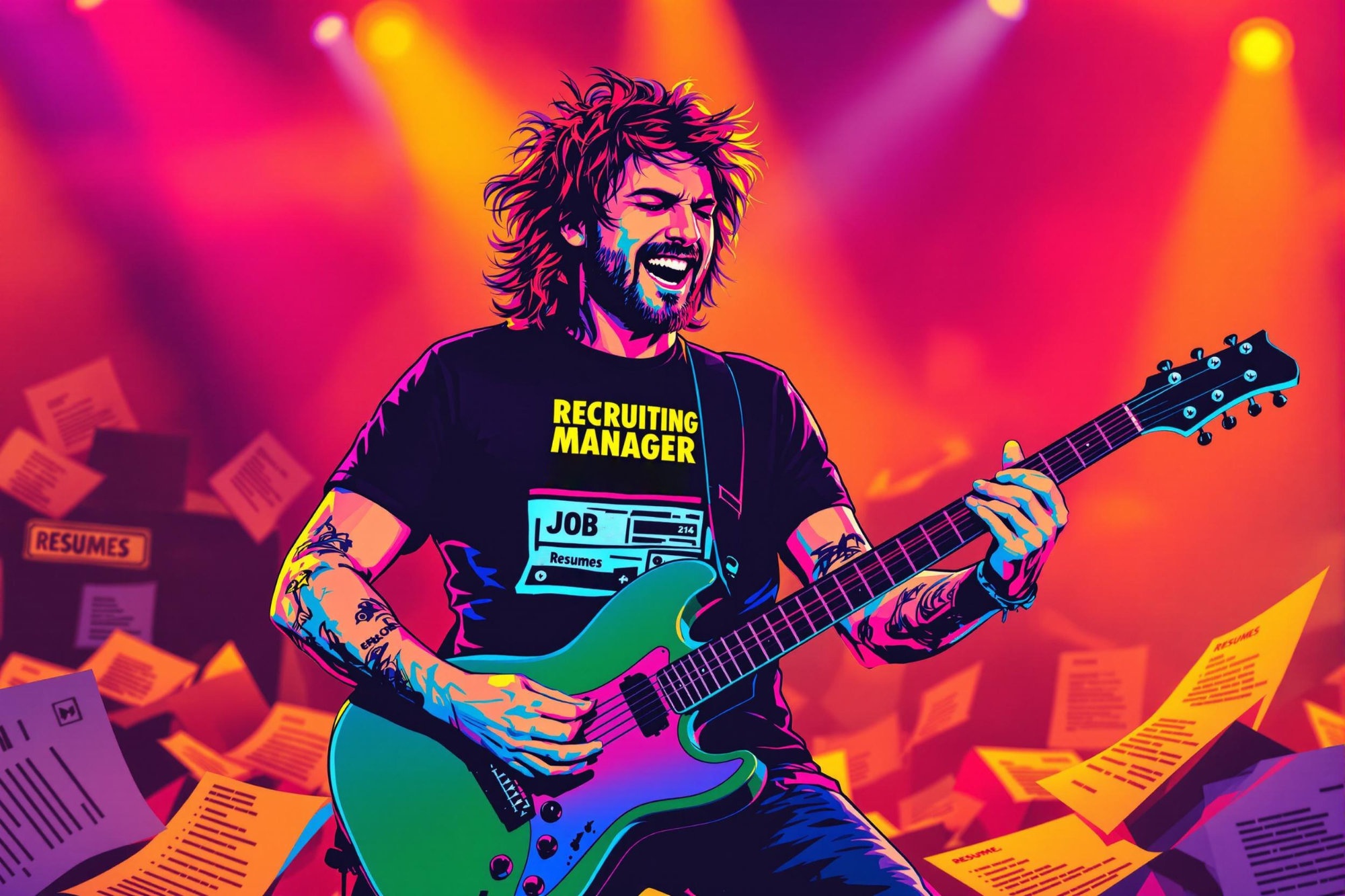
Storyboard
A storyboard is like a comic-strip version of a video or film before it's shot. It's a planning tool where artists draw out each important scene to show what the camera will capture. This helps everyone on the production team understand how the final video will look and flow. Think of it as a visual blueprint that helps save time and money by planning shots before expensive filming begins. Storyboards can be detailed artwork or simple sketches, depending on the project's needs. They're used in everything from TV commercials and movies to corporate videos and online content.
Examples in Resumes
Created detailed Storyboard sequences for 15+ commercial projects
Collaborated with directors to develop Storyboards for marketing videos
Led Storyboarding process for animated educational content
Typical job title: "Storyboard Artists"
Also try searching for:
Where to Find Storyboard Artists
Online Communities
Job Boards
Professional Networks
Example Interview Questions
Senior Level Questions
Q: How do you handle last-minute changes to a storyboard when working with tight deadlines?
Expected Answer: A senior storyboard artist should explain their workflow management, ability to prioritize changes, and experience in quick revisions while maintaining quality. They should mention communication strategies with directors and production team.
Q: How do you lead a team of junior storyboard artists while maintaining consistency across a project?
Expected Answer: Should discuss creating style guides, reviewing work, providing constructive feedback, and maintaining project timelines while mentoring less experienced artists.
Mid Level Questions
Q: How do you translate a script into visual sequences?
Expected Answer: Should explain their process of reading scripts, breaking down scenes, choosing camera angles, and creating clear visual narratives that convey the story effectively.
Q: What tools and software do you use for storyboarding?
Expected Answer: Should be able to discuss both traditional and digital tools, mentioning specific software and when they prefer to use each method.
Junior Level Questions
Q: What are the essential elements of a good storyboard panel?
Expected Answer: Should mention basic elements like clear action, proper camera angles, scene numbers, and notes about movement or transitions.
Q: How do you ensure your storyboards effectively communicate action and movement?
Expected Answer: Should explain use of arrows, motion lines, and multiple panels to show sequence of movement, plus basic visual storytelling principles.
Experience Level Indicators
Junior (0-2 years)
- Basic drawing and sketching abilities
- Understanding of camera angles and shots
- Basic digital art tools
- Following existing style guides
Mid (2-5 years)
- Advanced visual storytelling
- Multiple artistic styles
- Quick sketching and revisions
- Working directly with directors
Senior (5+ years)
- Team leadership and mentoring
- Complex action sequences
- Project management
- Client communication
Red Flags to Watch For
- Unable to draw basic human figures or perspectives
- No knowledge of standard camera shots and angles
- Poor time management with deadlines
- Lack of digital tool proficiency
- Unable to accept and implement feedback
Related Terms
Need more hiring wisdom? Check these out...

Beyond Spreadsheets: Why Executive Dashboards in ATS Systems Are Your Secret Hiring Weapon

Beyond Borders: Mastering the Art of a Global Onboarding Calendar

When Job Ads Dance: Why Your Next Hire Might Come From a 20-Second TikTok

